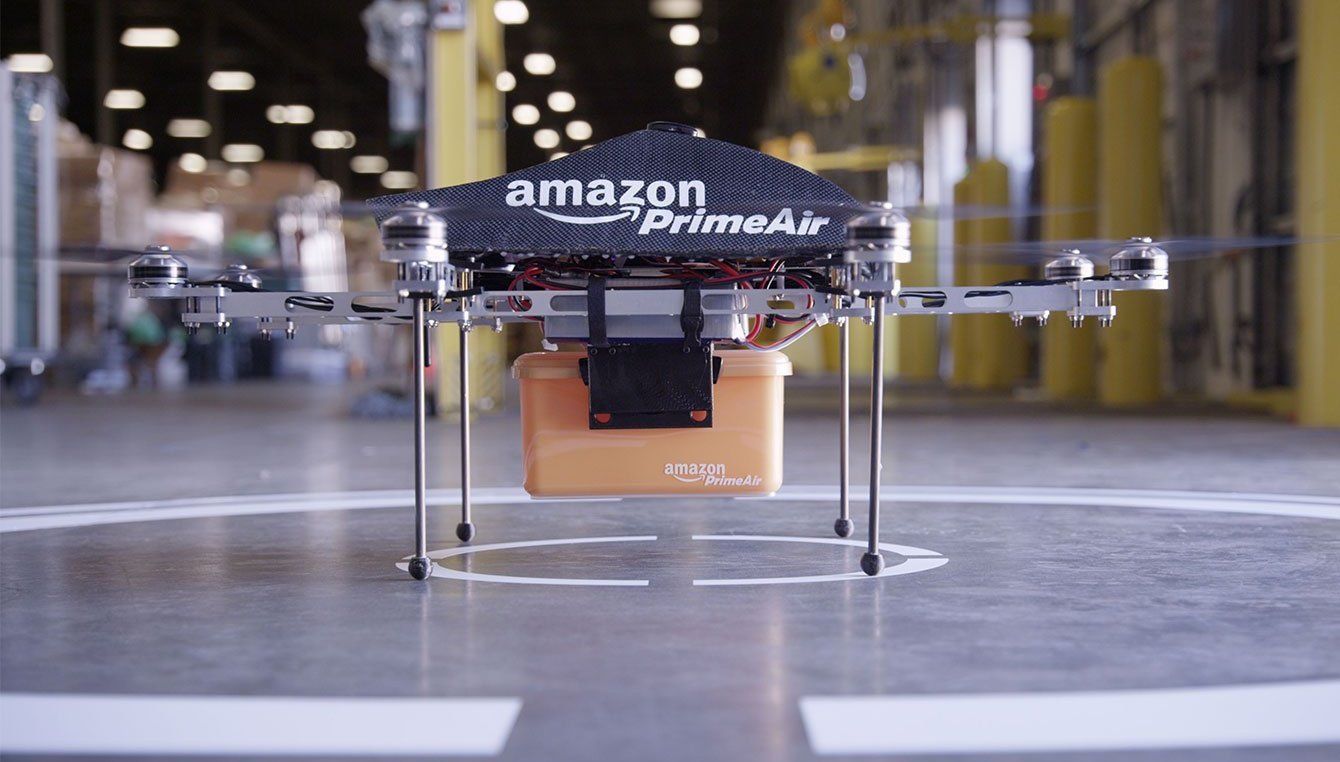
While drones can’t get spatial disorientation and don’t have to worry about seeing a runway in low visibility, weather could still be a significant problem for them in the delivery business. That was at least one sentiment expressed at a technical panel on the technology of drone delivery at AUVSI Xponential in Dallas this week. Xponential is the major U.S. drone and vehicle autonomy exposition.
Four industry experts addressed the various challenges facing drone delivery operations and while these problems appear solvable, that won’t happen overnight. Sean Cassidy, a representative from Amazon, said the company is on its 20th prototype drone and is actively testing in the U.K. (The FAA doesn’t allow such testing in the U.S., except on purpose-reserved limited ranges.)
Keenan Wyrobek, whose Zipline organization has been making regular deliveries of critical medical supplies in Africa, cited weather as the thing the company is focusing most of its research on. “No company needs to be thinking about beyond visual line of sight until we have improved weather forecasting,” Wyrobek said. “That’s the shorter term gap that needs to be filled,” he added. Amazon’s Cassidy agreed, but said his company is also focused on establishing performance-based limits for drones in order to understand when they can fly and when they shouldn’t for reasons that include weather.
Wyrobek said Zipline’s experience has shown that winds at low altitude are a particular problem and can overwhelm the performance of drones. “It’s a big challenge and a poorly understood challenge,” he said. “You can get winds that are 10X from what you expected and you get broad patterns that you’re not able to predict at all,” he added. That means drones may simply lack the power or endurance to fly the delivery missions assigned to them. Precipitation and icing are also issues. “Will we fly in in the rain at some point? Yes. Can I tell you when? No,” Amazon’s Cassidy said. He said it’s unlikely that drones will ever fly deliveries in known icing conditions, just as most helicopters can’t operate in icing, either.
Visibility may be an issue, too. “Are you going to send a drone to someone’s backyard without their being able to see it? It’s a provocative question,” Cassidy said. Wyrobek added that the data these drones will soon collect on routine flights will help. “Right now, no one really understands how to fly this low,” he added.


































